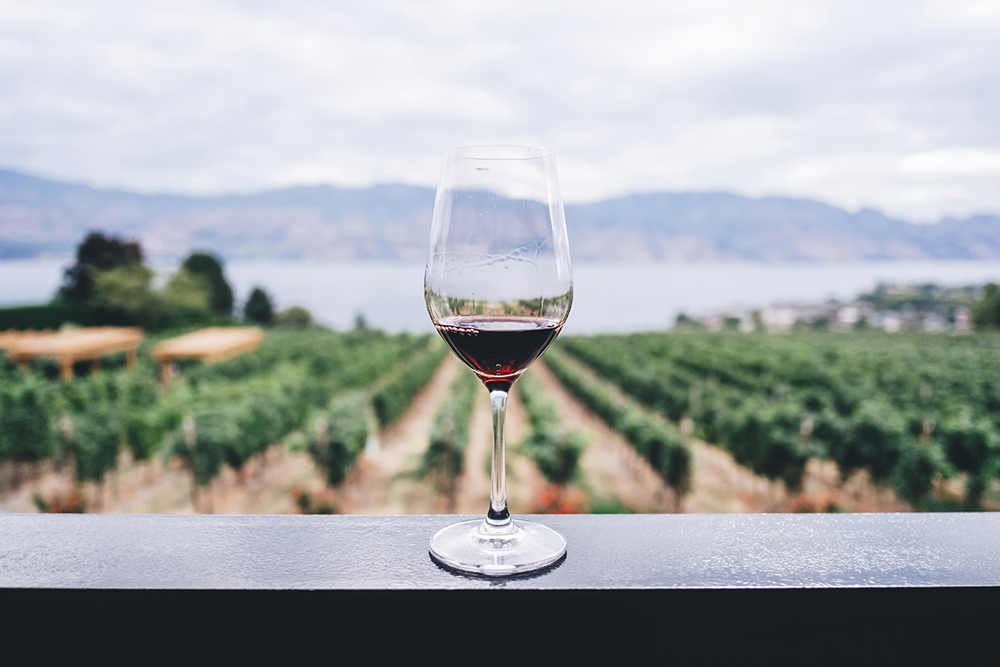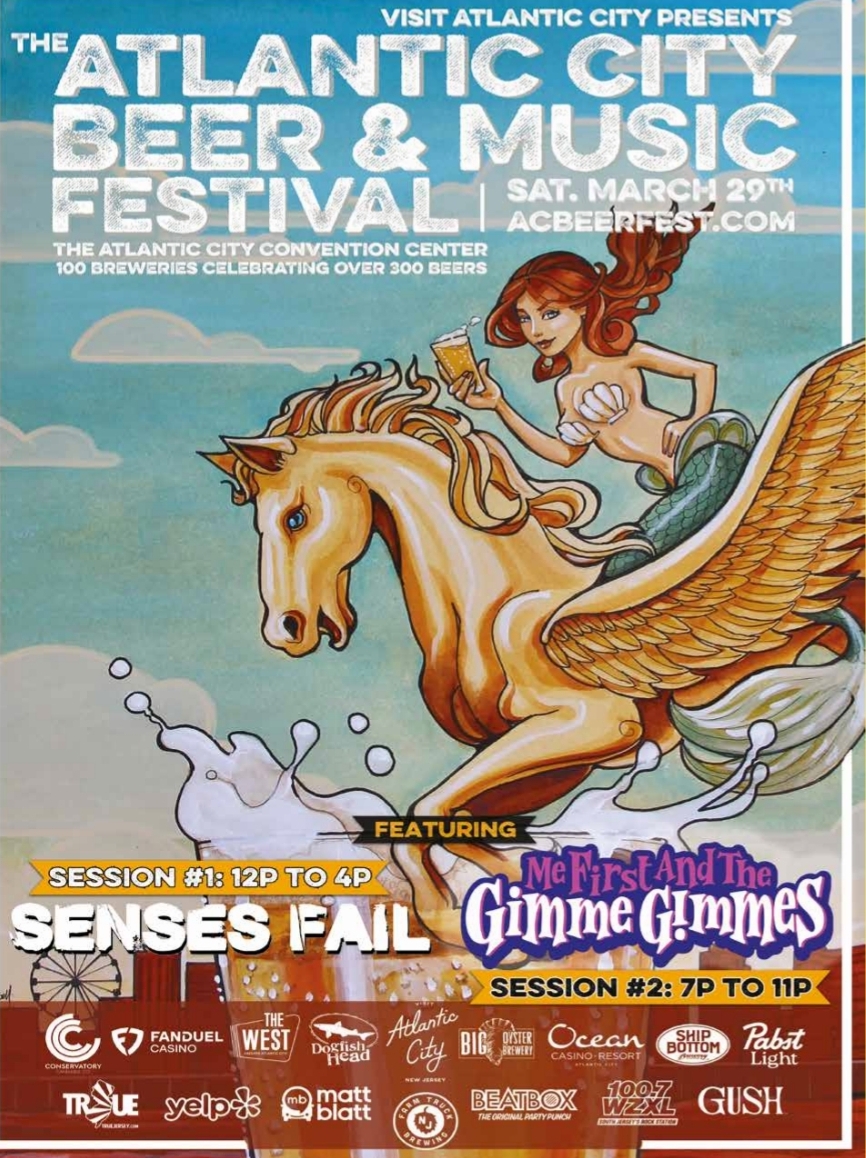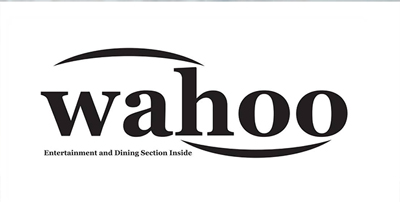Drink Up!
By David Setley
I think we’re all looking forward to spring and warmer temperatures. Last week, local weatherman Joe Martucci called this the coldest winter in 10 years! Is that a coincidence? Or part of a larger discussion on climate change? I don’t have answers there, but a regular reader of this column recently asked me about the impact of climate change on the wine industry. So, I poured a glass of wine and dug in. Allow me to share a few of my findings.
The topic of “climate change” has been debated for decades. Some believe we are experiencing the natural cyclical temperature changes that date back to the Ice Age. Data from the National Oceanographic and Atmospheric Administration indicates that global temperatures have increased approximately 1.8 degrees Fahrenheit since the end of the Industrial Revolution, around 150 years ago. Is that significant? Well, eight of the ten warmest years have occurred in the last decade. A Penn State University report from 2023 discussed findings from a joint study conducted by PSU’s College of Health and Human Development and Purdue University’s College of Sciences and Institute for a Sustainable Future. The report suggested an additional increase of 1.8 Fahrenheit “will expose billions of people to heat and humidity so extreme they will be unable to naturally cool themselves.” Proceedings published by the National Academy of Sciences report that anything more than 1.5 Celsius (2.7 Fahrenheit) will result in “devastating” effects on human health on the planet.
The immediate impact of climate change on wine production can be observed through drought and wildfires. For example, Chile experienced wildfires in 2017, 2023, and again this year as a result of a 15-year drought that has devastated the country. Reuters.com reported that Chile could run out of drinking water as soon as 2040! At least 650 vineyards and wineries in the country are suffering as a result.
Another example takes us to Bordeaux, France, a location that has historically been among the rainiest wine regions in France. However, for 20 of the past 25 years, the region has experienced a rain deficit, resulting in severe droughts since 2022. Winemakers have responded by harvesting grapes earlier and, in some regions, resorted to irrigation. The premier wine regions of France have historically not allowed irrigation, depending instead on the vines to adapt to minor climate fluctuations. That strategy is no longer working. While winemakers strongly believe the quality has not yet been compromised, yields are down.
Closer to home, let’s look at the impact of drought and wildfires in California. For most of my life, news reports have shown wildfires that devastate the Golden State almost yearly. The Glass Fire of 2020 in Northern California near Napa demonstrated the impact on the wine industry. In addition to burning 67,000-plus acres of land and 1,500-plus structures that resulted in the evacuation of more than 70,000 people, the Castello di Amorosa near Calistoga lost over 120,000 bottles of wine valued at approximately $5 million. An estimated 8% of grapes were unharvested due to smoke damage. The economic effect on the industry from that fire alone was estimated to be in excess of four billion dollars. Sadly, this was not a one-time occurrence. Similar fires, including one near Santa Barbara this past January, resulted in losses to the industry in the state that produces almost 80% of the wine produced in the U.S.
The wine industries of Spain, Italy, Greece, Argentina, Australia, and other countries have also been negatively impacted in recent years. The long-term impacts could be even more devastating. A 2024 report by the National Research Institute for Agriculture, Food, and Environment warns that if global warming continues and exceeds 2 °Celsius (3.6 °Fahrenheit), then by the end of this century, up to 90% of the low-altitude and coastal quality wine regions of Europe, South America, and the United States may not be able to produce wine in economically sustainable conditions. Winemakers are proactively responding by implementing innovative vineyard management processes, including changing the varietals being planted, focusing on drought-resistant varietals, reducing water usage, and, in some cases, moving vineyards to cooler locations.
Traditionally, most wine has been produced from 30 to 50 degrees latitude in either hemisphere. Those numbers will likely change if trends continue. We may see more wines being produced in more northern regions of the northern hemisphere and more southern regions of the southern hemisphere. Argentina has already begun moving vines into higher elevations to find cooler growing areas. In the future, we may see more wines coming out of northern Germany and France, England, Canada, Tasmania, and Scandinavia and less from the countries and regions we are familiar with.
Reading this may feel daunting; researching it sure felt that way to me. But there are things we can do to help. Reduce, repair, reuse, and recycle are good principles to live by. Walk, bike, or take public transportation if possible and minimize your carbon footprint by utilizing more efficient sources of energy. Small changes can make big differences. In terms of wine, I also encourage you to support the areas that are struggling. To truly appreciate Chilean wine, try what is often referred to as the national grape: Carménère. The Chono Reserva Carménère is a great example of the wine that put Chile on the global wine map and made the country the fifth-largest wine producer in the world. Support Bordeaux wine production by trying something like the Château Kirwan Private Reserve Margaux. This reasonably priced red blend is an outstanding demonstration of why these wines are considered to be among the finest in the world. For a great wine from Calistoga, California, try the Truchard Syrah. Or, from Santa Barbara, try the Au Bon Climat Chardonnay. From Argentina, try the Catena High Mountain Malbec or the Fabre & Montmayou Patagonia Malbec.
As always, if you have questions or comments, contact me at dsetley@passionvines.com or stop by the Somers Point store. Until next time, happy spring and happy wining!
David Setley is enjoying his retirement from higher education as a wine educator and certified sommelier at Passion Vines in Somers Point, New Jersey.















